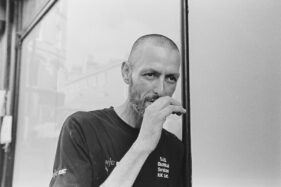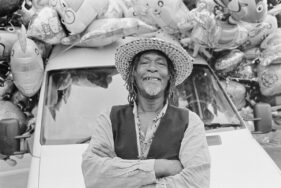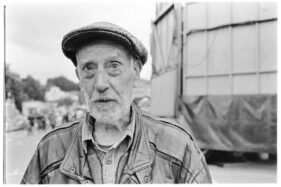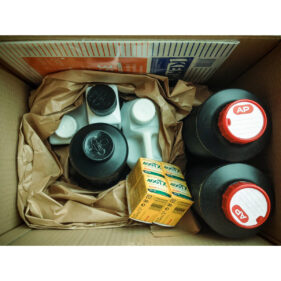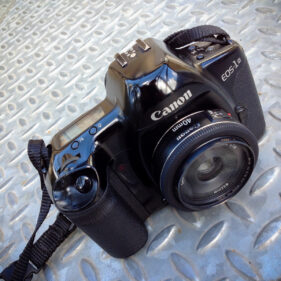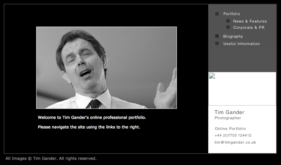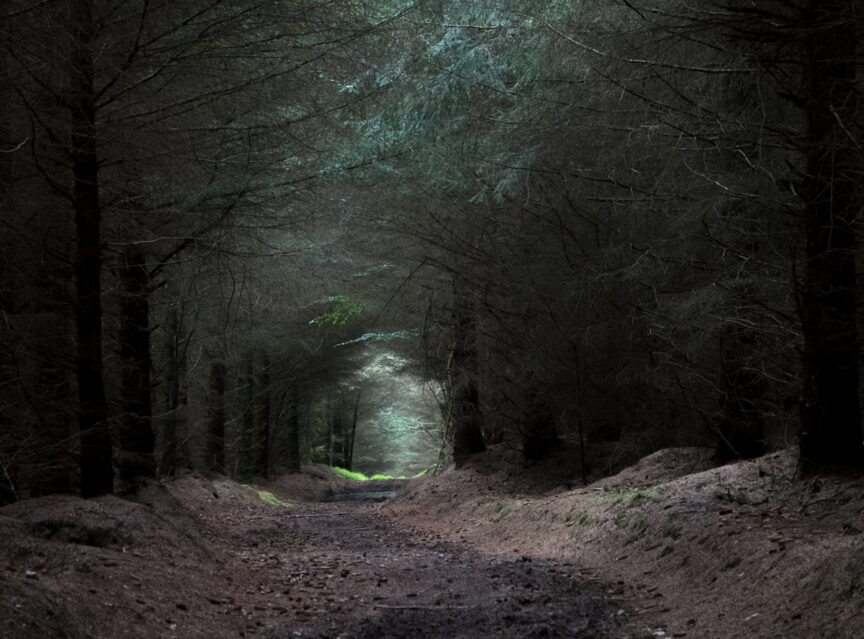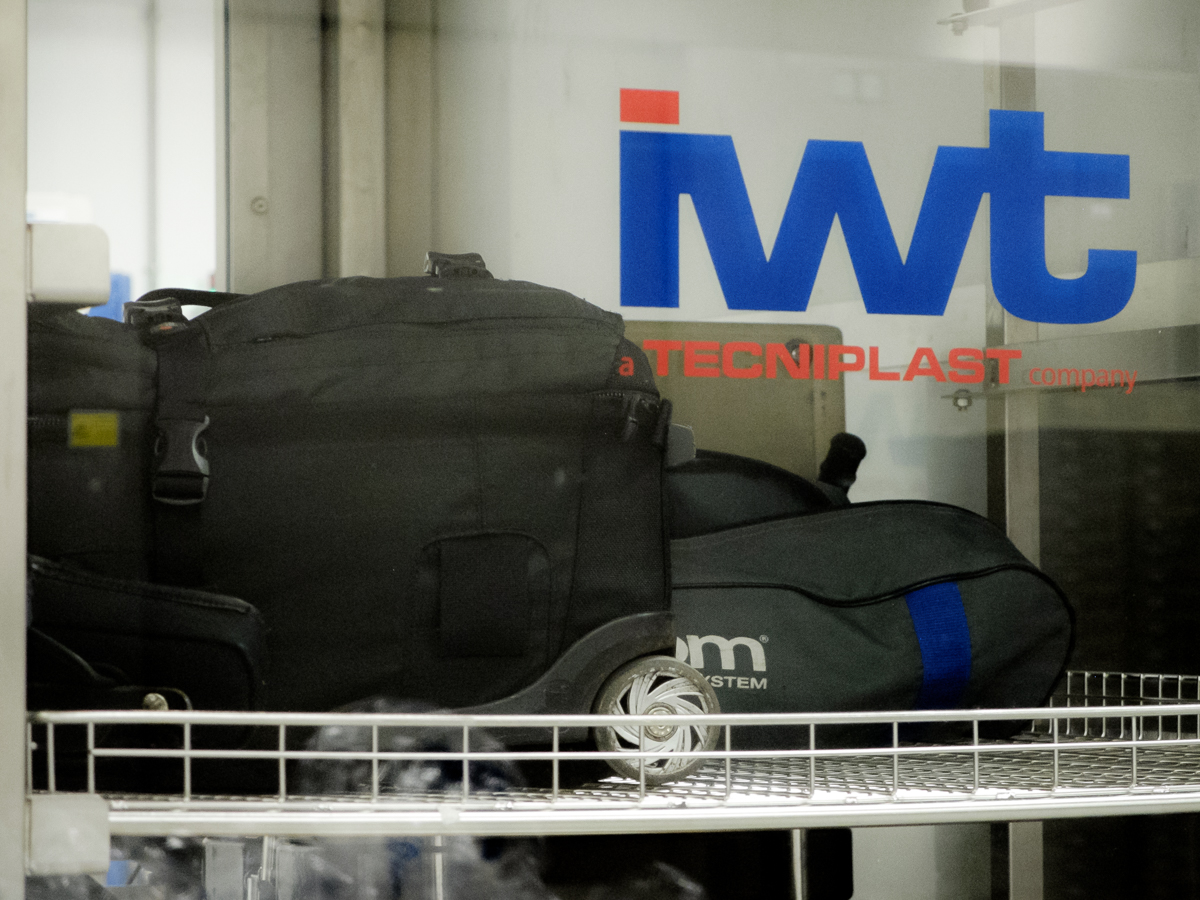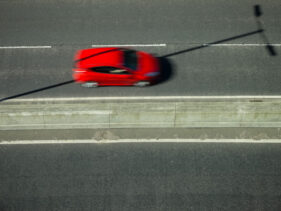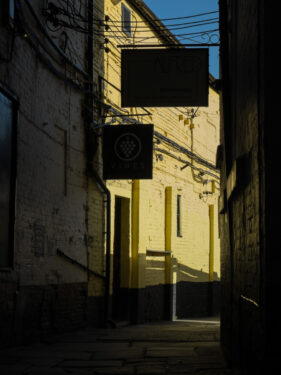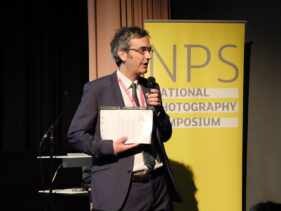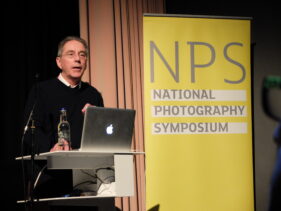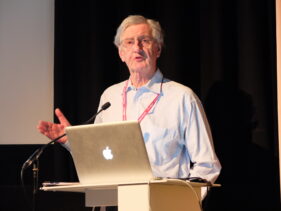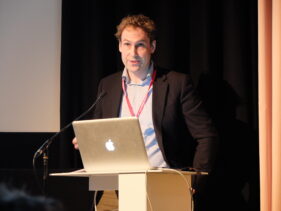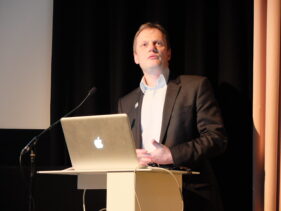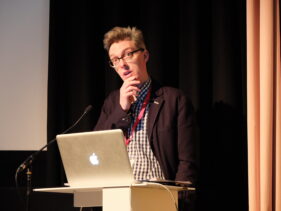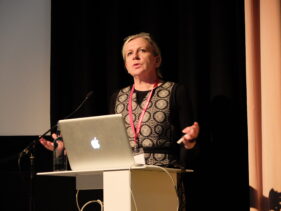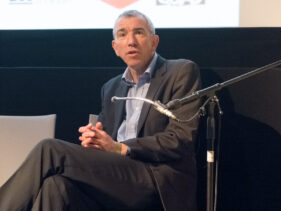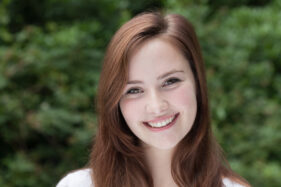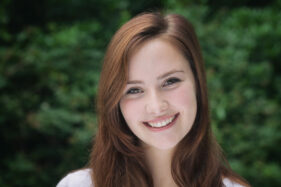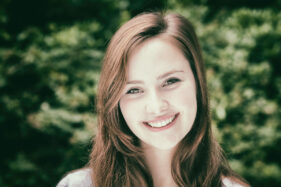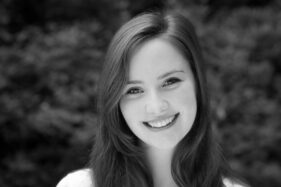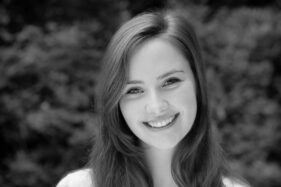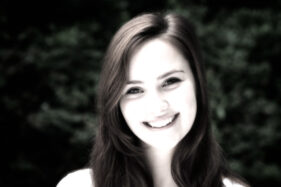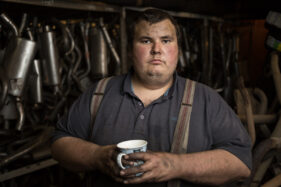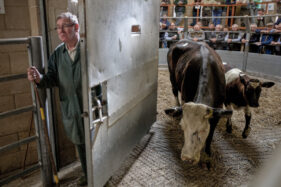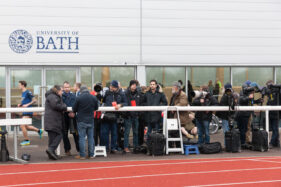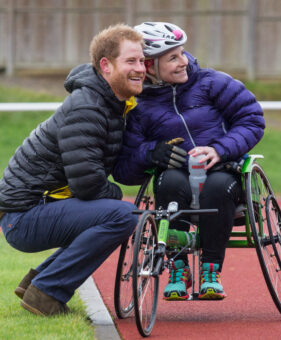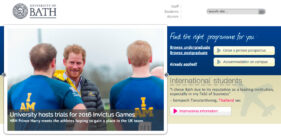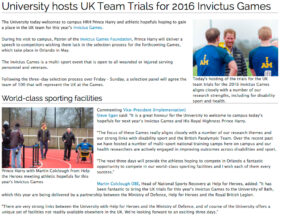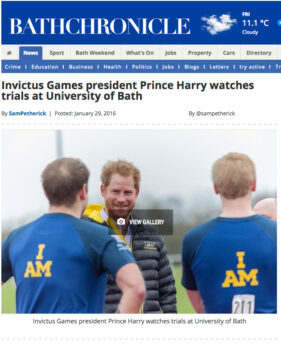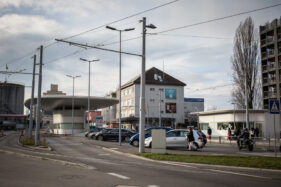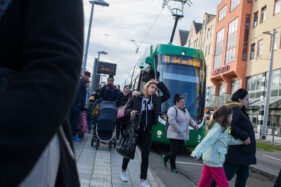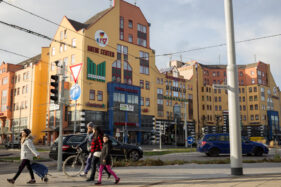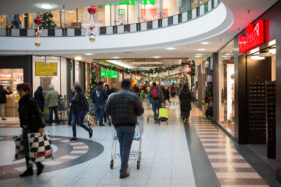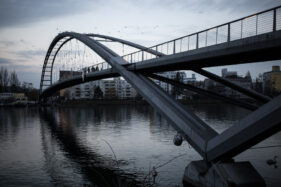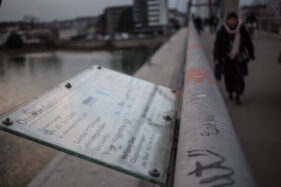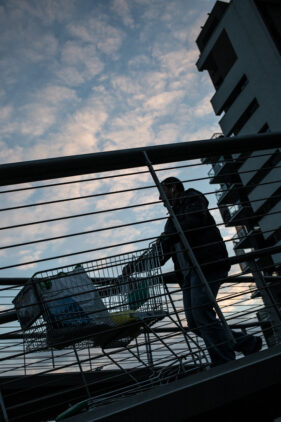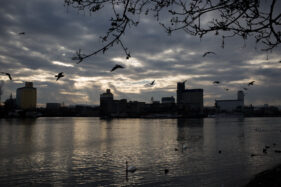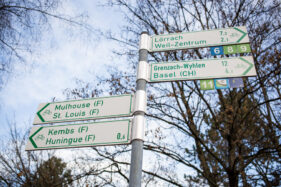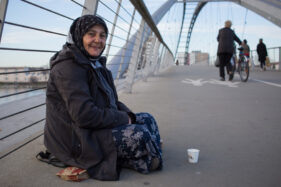Today I’m off to Derby for the National Photography Symposium as a representative of Editorial Photographers UK (EPUK). My role as an EPUK forum moderator has landed me this dubious gig, but I have to say I’m really looking forward to the event.
I’ll be contributing as a panelist for a session which will discuss new online photographic communities, their role, value and future, among other things, which will be followed by a Q&A session. That’s probably the scariest bit for me as my mind is quite good at going totally blank at the very moment I wish it wouldn’t.
My plan is to update this blog post, if possible, with some words and pictures from the symposium which starts this evening and concludes on Friday.
Sadly I have to catch a train around Friday lunch time, so won’t be able to stay right to the end, but I’m looking forward to attending some of the other presentations as well as meeting photographers from other fields and ultimately getting some insight and inspiration from the other photographic disciplines and communities that will be there.
So watch this space for further updates!
21/04/2016. Yesterday evening started with a quite head-spinning keynote address by curator and author Hester Keijser which asked questions about the “island mentality” of photographer communities and the challenges of preserving photo archives into new millennia. I struggled to keep up, but that was the gist of it.
And now I’m off to the symposium to see this morning’s presentations exploring the intersection between photography and digital culture before I make my own presentation about the work of EPUK in a session looking at new photographic communities. I will catch you later!
It’s after lunch and I have to say I think my presentation went pretty well, albeit rather rushed as we were starting to overrun, but the other two speakers I shared the session with were very interesting as they spoke about new online communities and photography’s role in education.
We then had a panel discussion with all the speakers on the stage and one of the issues raised was that of the role of copyright, sparked by my talk about EPUK and its defence of photographers and their rights. It was interesting to detect that in the audience (consisting of photographers, archivists, editors and educationalists) there was a mixture of the real understanding of the importance of a robust copyright economy in photography as well as some scepticism that copyright could survive the digital onslaught. On balance, copyright won the day.
We’ve just had presentations by Joy Gregory who showed the parallel stories of the disappearance of analogue photography and the disappearance of ancient native languages in South Africa, which she has spent a decade documenting. Then Alan Ward showed us how he reconstructed a family history dating back to the turn of the 20th Century from a collection of nameless glass plate photos he bought on Ebay.
Another session is about to start so I’ll update here again later at the end of the day’s sessions.
21/04/2016 18:08 GMT Just got back to my hotel room for a freshen-up before dinner, but again this afternoon’s second session was fascinating with EPUK member Graham Harrison talking about Bert Hardy in his Photo Histories project and Sarah Fisher talking about her work as director at the Open Eye Gallery in Liverpool.
Gotta dash now, dinner reservation at 6:30, don’t you know. Toodle pip for now!
22/04/2016 08:24 GMT This morning’s session is a discussion about the plans to move the National Photography Collection in Bradford to the V&A in London. It should be a lively debate. There will be some heated debate around this!
I’ll update again today, but I’m catching a train back to Somerset at lunch time, which means I’ll miss the conclusions from this morning’s session. Still, there will be write-ups elsewhere and I’ll post links here for those of you wanting to read further.
The session is now open:
Colin Ford, first director of the National Museum of Photography, Film and Television, has given us the inside story of the founding of the museum, followed by Michael Terwey, head of collections at the now-named National Media Museum who has notably said, “[museums have] too much stuff.”
We’re now listening to Michael Pritchard, director general of the Royal Photographic History, giving a history of the society. It’s interesting to hear the story behind why the RPS couldn’t stay at The Octagon in Bath. Dwindling visitor numbers and stored collections sitting in leaking basements…
Martin Barnes, Senior Curator, Photographs, Victoria & Albert Museum, is filling us in on the history and role of the V&A in photography. The V&A is to be the new venue for the collection currently held at Bradford.
There’s now a panel discussion involving all of this morning’s speakers. It could get heated as there’s disagreement over whether a national photography archive should be lumped in with collections from either art of science histories. I won’t take a photo of this, it’s too dark! #irony
11:57am GMT My head’s spinning already from this morning’s session. We’re just having a very brief comfort break before resuming. I’ve got until just before 1pm, then I have to make my way to the station and my train home. If I can I’ll do one more update from here, or it might be from the train.
Next up, Sarah Fisher, Executive Director of the Open Eye Gallery, Liverpool, as the seminar starts to discuss how the photography sector can be strengthened post-Bradford, when the National Media Museum moves to the V&A in London.
Finally from me from the seminar hall, Francis Hodgson, professor in the culture of photography, University of Brighton, has a few pretty critical views about how collections have been handled in the past and how they may be handled in future. I’m sure he’ll give you the full write-up on his blog in due course.
Now I need to get to my train!

